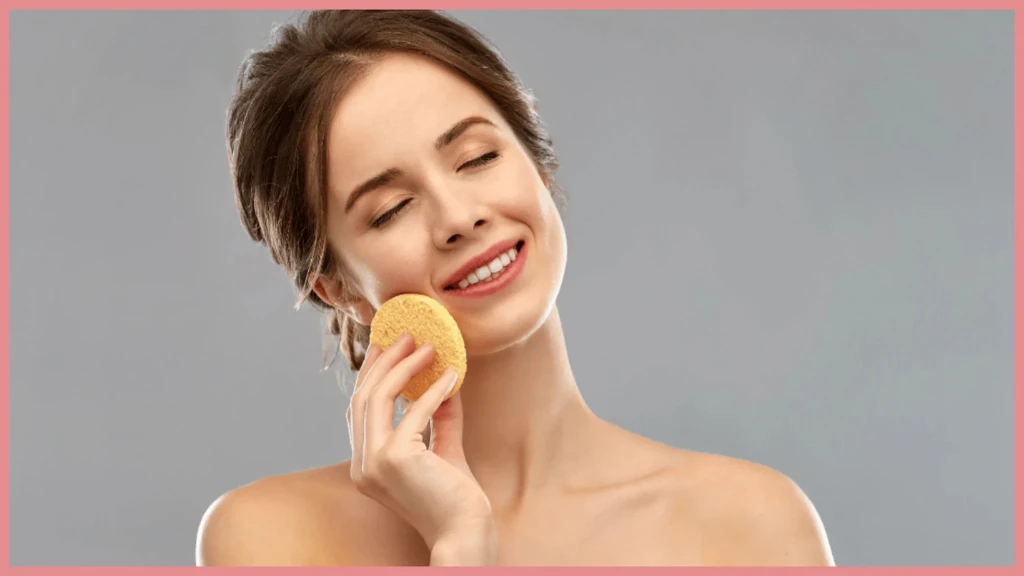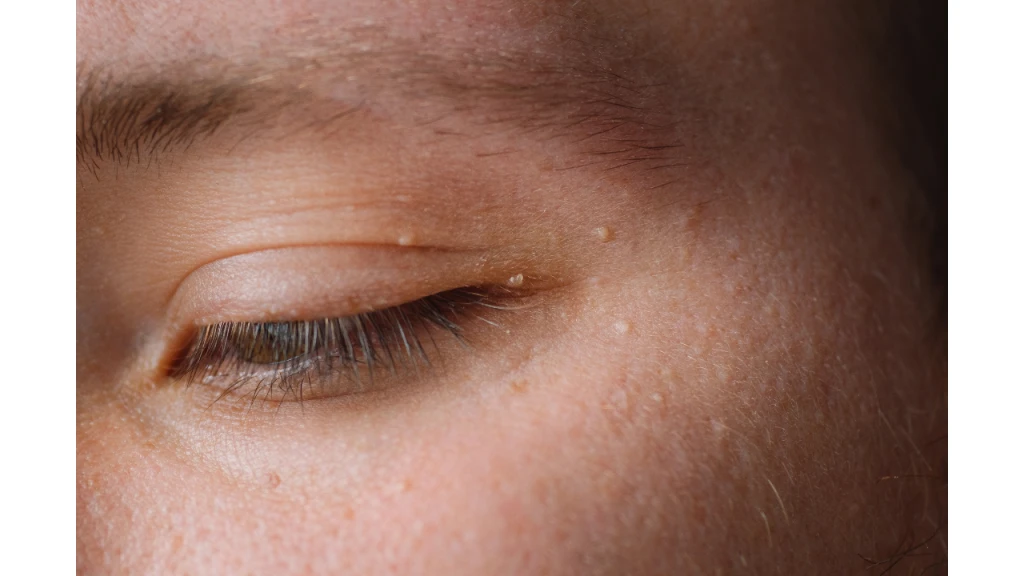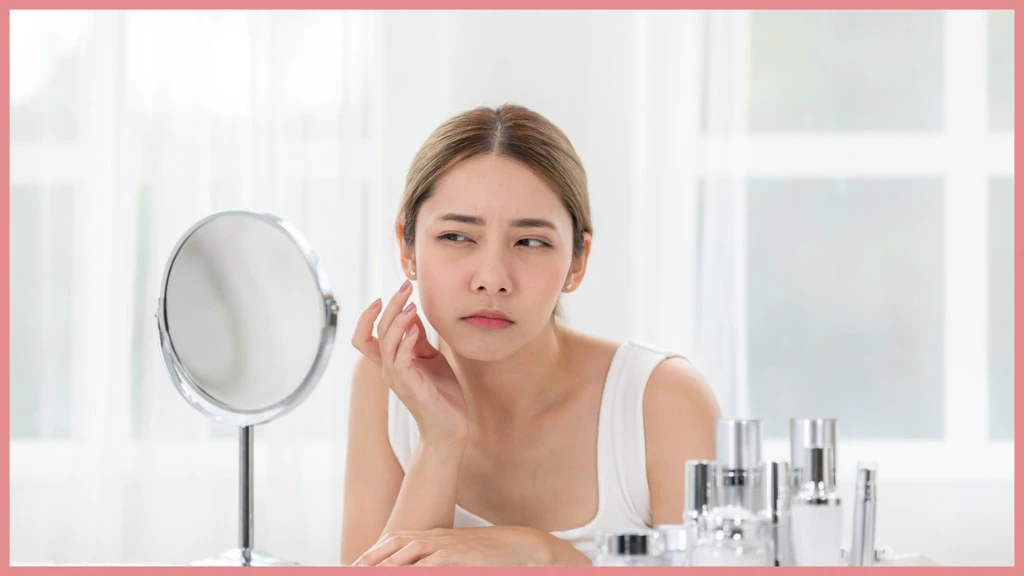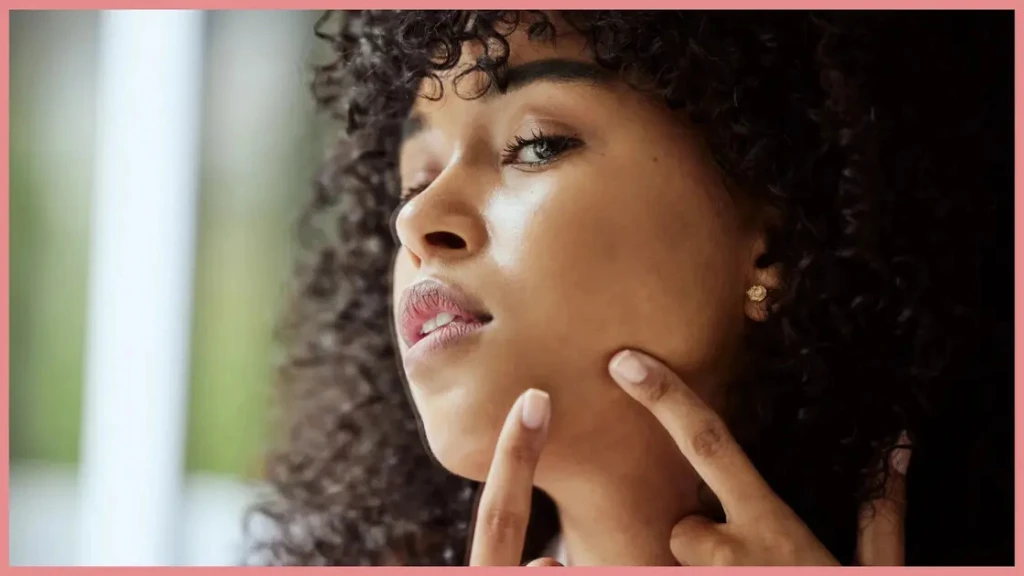What Are Those Tiny White Bumps? (Milia)

Seeing small, stubborn white bumps like milia on your skin can be frustrating. These tiny spots may not hurt or itch, but they can leave you wondering what’s causing them and how to get rid of them.
Milia form when dead skin cells get trapped under the surface, creating little cysts. While they’re harmless, I know they can still be annoying to deal with.
If you understand what triggers them and how to treat them, it can help you regain smooth, clear skin. With the right care and a few adjustments to your routine, you can tackle milia and prevent them from coming back.
Step-by-Step Guide: How to Remove Milia Safely
What Is Milia?

Milia are small, white, or yellowish cysts that form just under the surface of the skin. They’re not the same as whiteheads or acne, even though they might look similar at first glance.
Unlike whiteheads, which are clogged pores filled with oil and bacteria, milia are made up of keratin—a protein that’s naturally found in your skin, hair, and nails.
These tiny bumps often show up on the face, particularly around the eyes, cheeks, and forehead, but they can also appear on other areas like the chest or even hands.
Milia are completely benign, meaning they’re not harmful, but they can be persistent and tricky to get rid of without the right approach.
Types of Milia
Not all milia are the same. There are different types, each with its own characteristics. Here are the most common ones:
- Neonatal Milia - These appear in newborns and are incredibly common—almost half of all babies get them. They usually clear up on their own within a few weeks.
- Primary Milia - This type is the most common in adults and children. It forms when keratin becomes trapped under the skin without any prior damage or injury.
- Secondary Milia - These occur after skin trauma, such as burns, blisters, or rashes. Sun damage can also lead to this type.
- Juvenile Miliam - Rare genetic conditions can cause this type, which might appear alongside other skin abnormalities.
- Milia en Plaque - This is a rare form that develops on inflamed, raised patches of skin, often on the cheeks, eyelids, or ears.
- Multiple Eruptive Milia - This type is marked by clusters of bumps that appear over several weeks or months, typically on the face, upper arms, or torso.
Common Causes of Milia
Milia can develop for several reasons, and understanding these triggers can help you take steps to avoid them. Here’s what might be happening beneath the surface:
Trapped Keratin
Milia form when keratin , a natural protein in the skin, becomes trapped beneath its outermost layer. This buildup creates small, firm cysts that appear as white or yellowish bumps.
Skin Damage
Injuries like burns, rashes, or prolonged sun exposure can disrupt the skin’s natural healing process, leading to milia. Certain medical conditions that weaken the skin barrier can also contribute.
Medication Side Effects
Using topical steroids or rich, occlusive creams over long periods may increase the risk of developing milia. These products can prevent the skin from shedding properly, leading to buildup.
Genetic Factors
Some people are simply more prone to milia due to their genetics. If it runs in your family, you might notice recurring bumps even with proper care.
Autoimmune Conditions
Certain autoimmune disorders, like lupus, are linked to milia formation. These conditions can affect how the skin repairs and regenerates itself, making it more vulnerable to developing cysts.
Symptoms of Milia
Milia are easy to spot once you know what to look for. While they’re mostly harmless, their appearance can still cause concern. Here’s how they present themselves:
Appearance
Milia look like small, firm bumps that are white or yellowish in color. They often have a smooth, pearl-like surface and don’t exhibit redness or swelling like acne.
Location
These bumps commonly show up on the face, especially around the eyes, cheeks, nose, and forehead. However, they can also appear on other areas, such as the chest or hands.
Lack of Symptoms
One of the key features of milia is that they’re painless and don’t itch. They’re more of a cosmetic concern than a medical one, making them easy to overlook unless they’re in a noticeable area.
Milia Treatment Options
Treating milia requires patience and consistency. Here’s a breakdown of your options:
At-Home Treatments
If you want to address milia on your own, these methods can make a difference:
Gentle Cleansing
Switch to a mild, non-comedogenic cleanser like the (Pink Cloud Jelly Cleanser ) available at Amazon.com, that won’t clog your pores. A consistent, gentle cleansing routine helps maintain a healthy skin barrier and prevents further build up.
Exfoliation
Introduce exfoliation into your skincare routine to remove dead skin cells and encourage natural shedding.
Chemical exfoliants like AHAs (glycolic acid), BHAs (salicylic acid), and PHAs work well for softening skin and breaking down keratin buildup.
Physical exfoliants can also help, but use them sparingly to avoid irritation.
Moisturization
Opt for a lightweight, non-comedogenic moisturizer that hydrates without clogging pores. Proper hydration keeps your skin balanced and supports its natural renewal process.
Over-the-Counter Retinoids
Retinoids promote faster cell turnover, helping to clear milia by shedding the skin’s top layer. Begin with a low concentration to prevent dryness or irritation, and gradually increase as your skin adjusts.
Professional Treatments
If at-home methods don’t work or your milia are more persistent, professional treatments offer precise solutions:
- Manual Extraction - A dermatologist can safely remove milia by using a sterile needle or extractor to open and drain the cysts. This technique minimizes the risk of infection or scarring when done by a trained professional.
- Cryotherapy - This method involves applying liquid nitrogen to freeze and eliminate milia. It’s often used for stubborn cases and is performed by dermatologists to ensure safety.
- Laser Ablation - Laser treatments target and vaporize milia with precision, leaving surrounding skin undamaged. This option is particularly effective for treating clusters or deeper lesions.
- Chemical Peels - Professional-strength peels exfoliate more deeply than at-home options, removing dead skin cells and encouraging new growth. This process can prevent and treat milia simultaneously.
- Dermaplaning - Dermaplaning gently removes dead skin cells and fine hair using a special blade, reducing the risk of keratin buildup. It’s a non-invasive option that also leaves skin feeling smooth and refreshed.
- Curettage - A small surgical instrument called a curette is used to scrape away milia. This method is often combined with other treatments for optimal results, especially in more severe cases.
Additional Prevention Tips
Keeping milia at bay requires some lifestyle and skincare adjustments:
Preventing milia comes down to maintaining a smart skincare routine that protects and nurtures your skin. Here are some steps to keep those pesky bumps from appearing:
Sun Protection
Use a broad-spectrum sunscreen with SPF 30 or higher every day, even if you have darker skin like mine. Sun damage can thicken the skin’s surface and increase the likelihood of milia, so protecting your skin is essential.
Mindful Skincare Routine
Stick to lightweight, non-comedogenic products that won’t clog your pores. Avoid using heavy creams or oils that can create a barrier and trap keratin beneath the surface.
Regular Exfoliation
Incorporate gentle exfoliation into your weekly routine to remove dead skin cells and keep your skin fresh. Look for products with AHAs, BHAs, or PHAs to help your skin shed naturally without irritation.
Cleanliness

Always wash off makeup and dirt before bed to give your skin a chance to breathe and repair itself. Cleansing your face twice daily—once in the morning and once at night—keeps your pores clear and reduces the risk of buildup.
Conclusion
Milia can be stubborn, but they’re manageable with the right approach. Patience and consistency in your skincare routine are essential. If at-home remedies don’t work or the bumps persist, a dermatologist can provide effective treatments.
Whether you’re looking to clear them or prevent future ones, you have options. With proper care and effort, smooth, clear skin is within reach.



